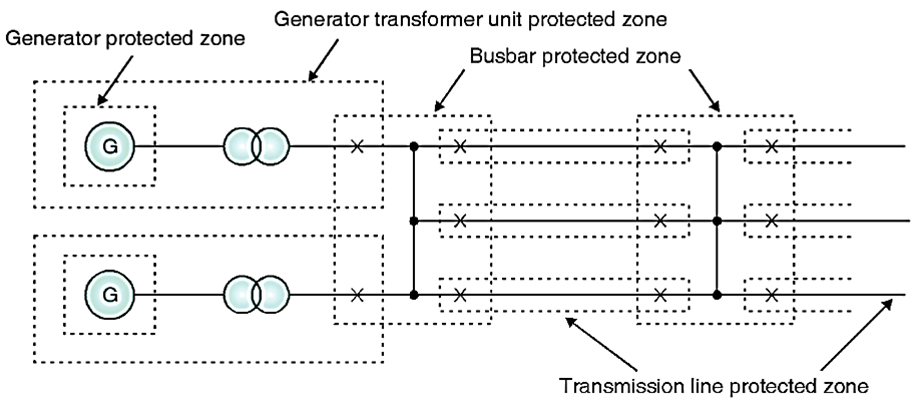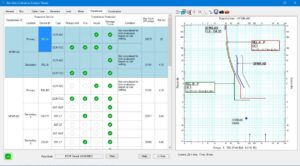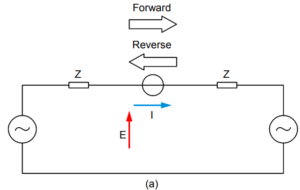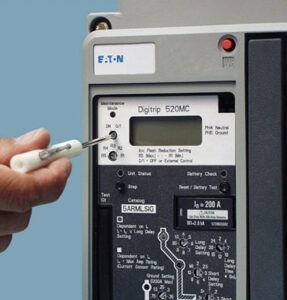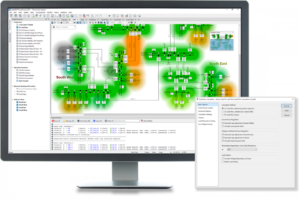Introduction
“Zones of protection” is one strategy which provides the level of security demanded today.
Protective relay engineers keep utility grids and equipment safe from faults and system unbalances by dividing the grid into zones.
Overlapping zones provide backup protection
To limit the extent of the power system that is disconnected when a fault occurs, protection is arranged in zones as below:

Overlapping of Zones
Ideally, the zones of protection should overlap. No part of the power system should remain unprotected as shown in below figure (a). Both zones include the circuit breakers.
For practical physical and economic reasons, this ideal difficult to achieve. Accommodation for current transformers in some cases are available only on one side of the circuit breakers, as shown in figure (b).

This leaves a non-protected section between the current transformers and the circuit breaker ‘A’ against faults.
In Figure (b), a fault at F would cause the busbar protection to operate and open the circuit breaker. However, the fault may continue to be fed through the feeder.
The feeder protection, if of the unit type, would not operate, since the fault is outside its zone. Inter-tripping or some form of zone extension solved this type of problem. This is to ensure that the remote end of the feeder trips as well.
The point of connection of the protection with the power system usually defines the zone and corresponds to the location of the current transformers.
Unit type protection will result in the boundary being a clearly defined closed loop.
Below figure illustrates a typical arrangement of overlapping zones:

Alternatively, the zone may be unrestricted. The extent (or ‘reach’) will depend on measurement of the system quantities. Therefor, it will be subject to variation, owing to changes in system conditions and measurement errors.
Distance Protection of transmission lines applies this type of condition.

